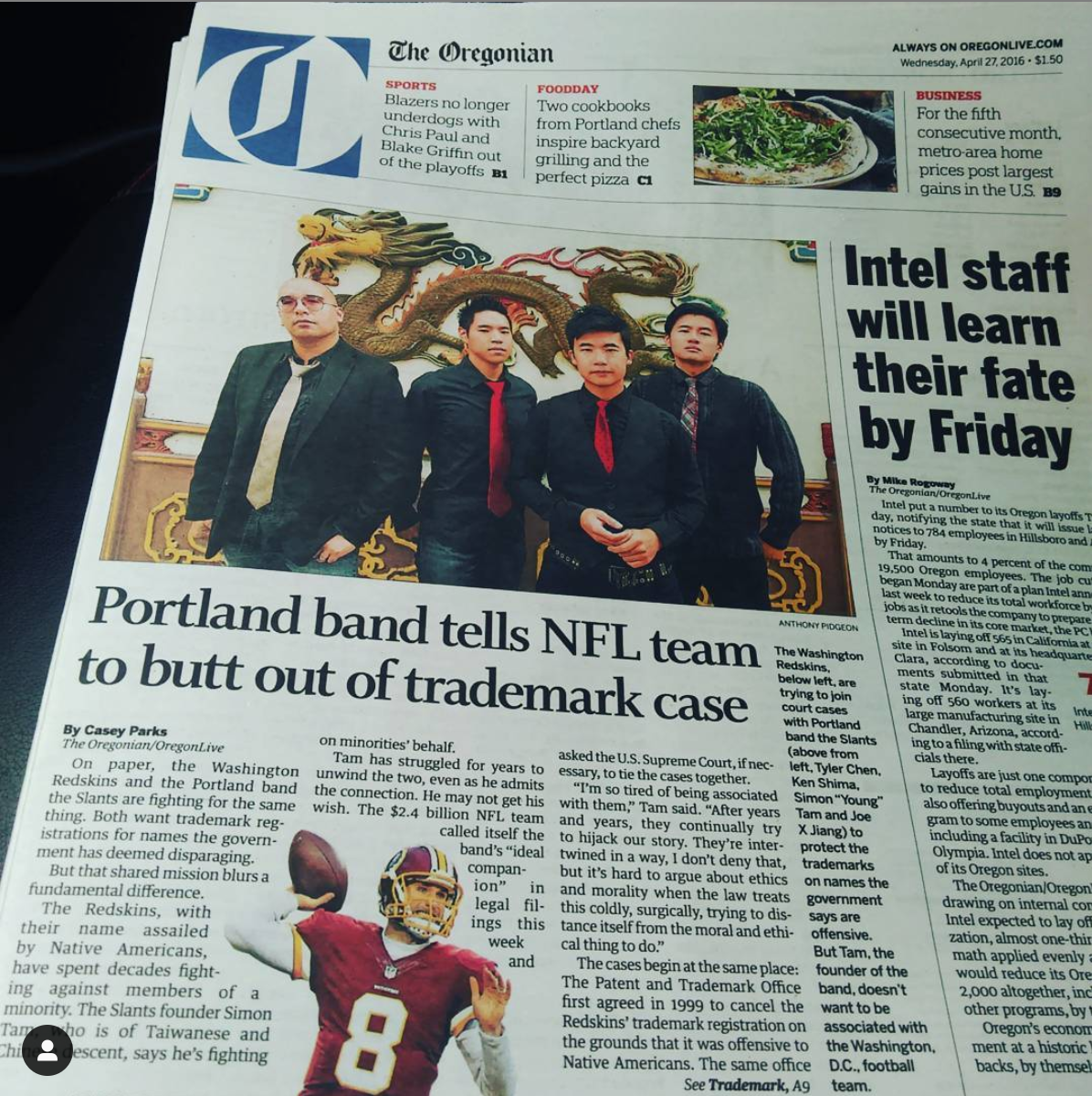
How passion and persistence can overcome overwhelming odds.
THE NEED:
I founded a performing arts organization, The Slants, in 2007. It was an all-Asian American dance rock band that incorporated community-based activism into the work. In 2010, I filed an application to register for a trademark. However, the U.S Trademark Office denied the request under a 70-year old provision of law and claimed that our name was “disparaging” to persons of Asian descent with no evidence except an entry on UrbanDictionary.com to support this claim. This case ended up being argued before the Supreme Court of the United States.
OBJECTIVES:
We needed to generate massive public support in order to recruit legal experts, community leaders, influencers, and a coalition of organizations to bolster our case. However, we had no budget available for this effort, which meant that all of the earned media attention had to be done so organically. In addition, we needed to leverage digital marketing tools to build broad support, quickly.
TACTICS:
We focused on a story-driven approach that focused on reaching a target audience that included legal and cultural experts, community leaders, and policymakers. This was supported by a grassroots effort that put public pressure on decision makers athd the courts.
Over an eight year campaign, efforts included the following:
Developed relationships with journalists and media sources with national and international reach.
Created talking points that would clarify complex and obscure legal theory into common sense.
Started a collective of thought leaders who could help influence organizations, the media, and specific groups communities that worked in racial justice and the law.
Launched an online petition to gather signatures and supporters.
Recruited community organizations to file amicus briefs (legal documents).
Created multiple and engaged in hundreds of events to share the story in personal manner to reach experts and influencers (such as TED talks and legal conferences across the country).
Used social media to create memes that followers could share.
Created a media package for the press to easily pull quotes, photo and video content, and other materials to source stories more quickly.
Published Op-Eds and essays on a regular basis.
RESULTS:
Media coverage in over 3,500 features across 125 countries, including in some of the most influential sources in the world: BBC World News, CNN, NPR, HBO, ABC, NBC, TIME, the Daily Show with Trevor Noah, Rolling Stone, the Associated Press, Reuters, and more.
Front page coverage from the following publications: the New York Times, the Washington Post, the Los Angeles Times, the Wall Street Journal, USA Today, and the New York Post.
Published Op-Eds in the New York Times, the Oregonian, Race Files, Angry Asian Man, Oregon Humanities and many more.
Received support from nearly 70 organizations across the political spectrum, including the American Civil Liberties Union, CATO Institute, the U.S Chamber of Commerce, the Asian American Legal Education and Defense Fund, and more.
Delivered multiple TED talks and was the keynote speaker for events and organizations such as SXSW, San Diego Comic Con, Stanford University, Harvard University, the American Bar Association, the International Trademark Association, the Department of Defense, and more.
Most importantly, won a landmark case at the Supreme Court of the United States, unanimously.
The power of story.
During the campaign, I delivered multiple keynote speeches and presentations at organizations like TED, the Department of Defense, Harvard University, the American Bar Association, and many more.
This was a campaign to win hearts and minds as well as share a theory of change to the world rooted in compassion.
Media Interviews
During the campaign, thousands of media interviews were conducted with broadcast television, radio, print media, blogs, podcasts, and more.
These features continued to generate press years after the campaign, including this special from VICE News.
A sample of front page stories & media profiles:






“The heart of why he’s fought so hard for this ruling is to give a voice to communities who don’t often get a say for themselves.”
— Rolling Stone
See the complete feature here.

“Words -even a single word - can be powerful. Mr. Simon Tam named his band The Slants to make a statement about racial and cultural issues in this country. With his band name, Mr. Tam conveys more about our society than many volumes of undisputedly protected speech."
— Kimberly Moore, Circuit Judge for the US Court of Appeals for the Federal Circuit
"You might be asking, who cares what a band can or can't call themselves. But that's the beauty of creativity: when you allow some passionate Asian American artists to express themselves authentically, you never know what or who they may inspire."
— Ronny Chieng, The Daily Show with Trevor Noah
Watch the video feature here.
“Freedom of expression and protection of the oppressed can coexist, if people take the example set by The Slants and do the work to defend them both.”
— CNN commentary, The Slants show the meaning of free speech


